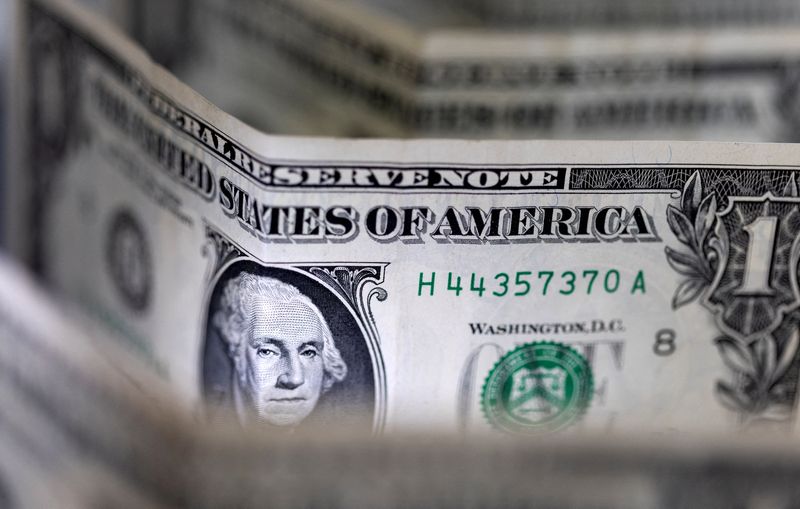Street Calls of the Week
Investing.com -- The U.S. dollar (USD) has weakened in recent days, and Citi strategists believe the peak in the greenback strength is likely behind.
The Wall Street firm points to several factors that underpin its thesis, including fading U.S. economic outperformance, shifting asset flows, and narrowing interest rate differentials. However, Citi argues that tariffs remain a key support for the currency.
"We believe tariffs are probably the only reason still holding up the USD," strategists led by Rohit Garg said in a note.
Interestingly though, global central banks have been resistant to allowing currency weakness in response to tariffs, which has come as a surprise.
“This could likely be the case if Asian policymakers may not want currency to be another bone of contention in terms of their negotiations with the U.S. administration,” strategists explained.
U.S. economic data has been softening relative to Asia, weighing on the dollar’s prior strength. Citi notes that "the recent significant increase in U.S. policy uncertainty will likely further dampen U.S. consumer and business confidence and result in further weakness in U.S. data."
The decline in U.S. economic surprises has coincided with a drop in U.S. asset outperformance, which had previously attracted significant foreign flows, particularly from Korea and Taiwan.
Interest rate differentials, another historical driver of dollar strength, have also narrowed. Strategists point out that, unlike 2018, when the dollar was supported by rising rate spreads, the gap between U.S. and Asian interest rates is now compressing, putting the dollar at risk of a reversal.
According to the strategists, the impact of tariffs on the dollar remains uncertain, as the broader economic backdrop differs from previous episodes.
In 2018, oil prices surged alongside tariffs, exacerbating the trade balance shock for energy-importing Asian economies. Now, lower oil prices may offset some of the negative effects of tariffs, potentially limiting the dollar’s upside.
The strategists also highlight the Japanese yen’s role in influencing emerging market Asian currencies. The yen has appreciated by 6.5% from its lows this year, and several regional currencies, including the Korean won, Thai baht, and Malaysian ringgit, exhibit high correlation to its moves.
